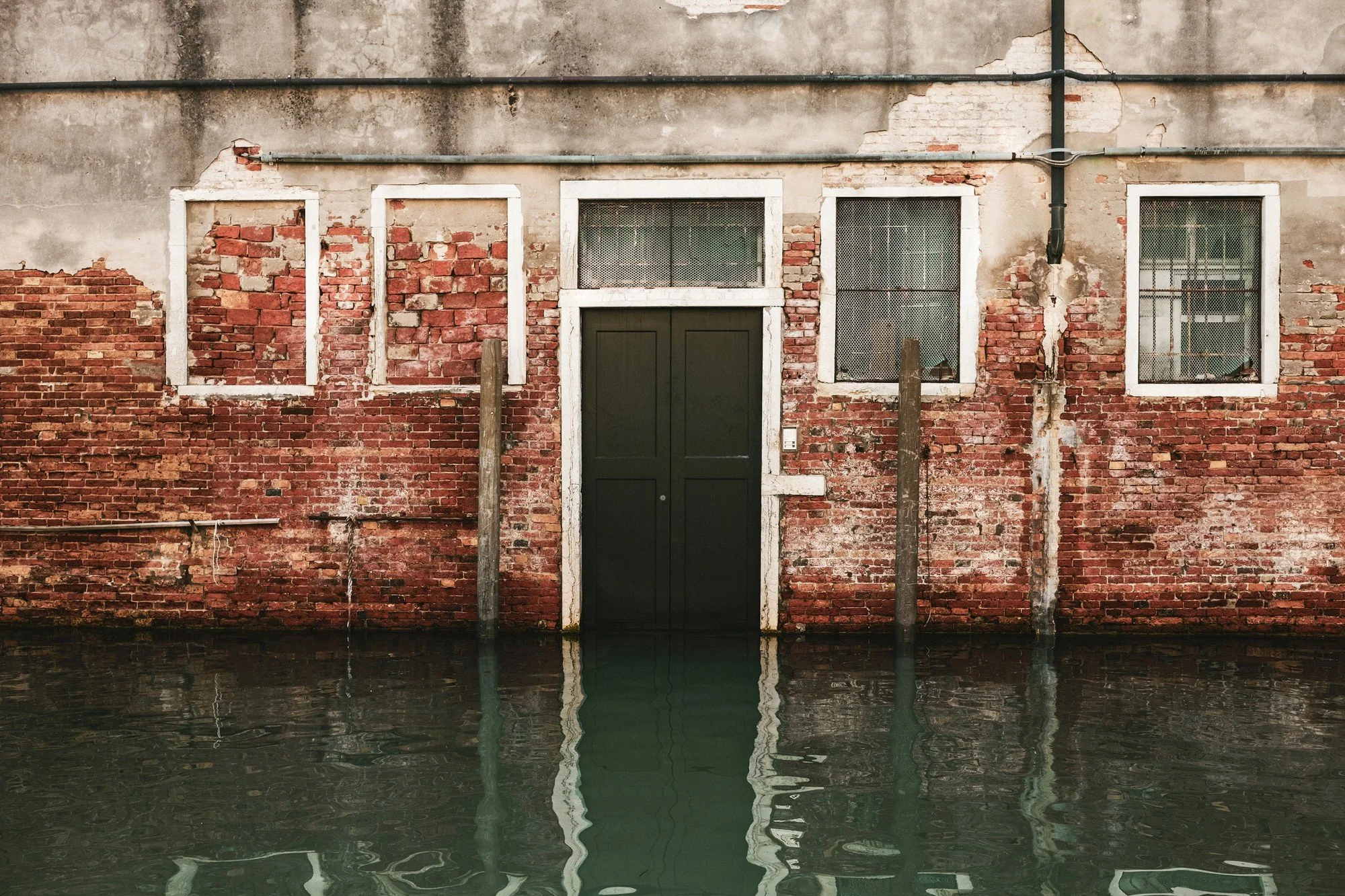How to Detect Mold Early: Signs Every Indiana Homeowner Should Know
Mold is a sneaky invader that can wreak havoc on your home and health if left undetected. As a homeowner in Indiana, it's important to understand the early signs of mold growth so you can act swiftly. Detecting mold early can save you time and money and protect your family’s well-being. This blog will walk you through some common indicators of mold and why early detection is crucial for every homeowner.
Why Mold is a Concern for Indiana Homes
Indiana’s humid climate, particularly in the summer months, creates an ideal environment for mold to flourish. Mold thrives in damp, poorly ventilated areas like basements, bathrooms, and even inside your walls. If not treated quickly, mold can cause damage to the structure of your home and lead to serious health issues. In fact, mold removal in Indiana is a service that homeowners often seek out to maintain a healthy living space and avoid extensive property damage. But how do you know when it’s time to call the professionals? Let’s dive into some early warning signs.
1. Musty Odors in Your Home
One of the first signs of mold growth is an unpleasant musty odor, especially in areas like the basement, bathroom, or attic. This smell is often a red flag for hidden mold that may not yet be visible. If you notice a persistent musty scent that doesn't go away with cleaning, it’s time to investigate further. Mold can grow behind walls, under carpets, or in your HVAC system, so you may not always see it immediately. In these cases, professional mold inspection services can help pinpoint the exact location.
2. Visible Mold Growth
This is perhaps the most obvious sign, but it's often ignored until it becomes a bigger issue. Mold can appear as black, green, white, or even orange spots on walls, ceilings, or flooring. If you spot these patches in damp areas, you may be dealing with a mold infestation. Keep in mind that by the time mold becomes visible, it has usually been growing for a while. Early action can prevent it from spreading and causing further damage.
3. Water Damage or Leaks
Water is the root cause of mold growth. If your home has experienced recent water damage due to leaks, floods, or broken pipes, you're at higher risk for mold development. Even after you’ve cleaned up the water, the moisture left behind in porous materials like drywall, insulation, or carpets can harbor mold. Regularly inspecting your home for signs of leaks and ensuring areas prone to moisture are well-ventilated can reduce the likelihood of mold forming.
4. Allergy Symptoms in Your Household
If you or your family members have suddenly started experiencing allergy symptoms like sneezing, coughing, runny nose, or itchy eyes, mold could be to blame. These symptoms tend to worsen when you're at home and improve when you're outside, which is a strong indication that mold might be present indoors. People with asthma or weakened immune systems may also experience more severe reactions. Don’t ignore these symptoms—address them by checking for mold.
5. Condensation on Windows and Walls
Another common sign of mold growth is condensation buildup on windows, walls, or pipes. Condensation occurs when there’s excessive humidity in your home, creating an ideal environment for mold to grow. If you notice water droplets forming on surfaces regularly, it's a good idea to check the surrounding area for mold. Installing a dehumidifier can help reduce indoor humidity levels and discourage mold growth.
6. Discoloration or Staining on Walls and Ceilings
Mold doesn’t always appear in obvious spots. Sometimes, you may notice discoloration or stains on your walls or ceilings before you see actual mold growth. This is often a sign that mold is growing behind the surface. Dark or discolored spots could indicate water damage or mold. If you spot any unusual stains, especially in damp areas, it’s important to investigate further.
How to Prevent Mold Growth in Indiana Homes
Preventing mold in your Indiana home is all about controlling moisture. Here are some effective prevention tips:
Control Humidity Levels: Aim to keep indoor humidity levels below 60%. Use a dehumidifier in humid areas like basements and bathrooms.
Ventilation: Ensure that bathrooms, kitchens, and laundry rooms are well-ventilated. Use exhaust fans or open windows to allow airflow.
Fix Leaks Promptly: Whether it's a dripping faucet, leaky roof, or broken pipe, addressing water leaks as soon as possible can prevent mold from growing.
Regular Inspections: Conduct regular inspections of areas prone to moisture, like the attic, basement, and crawl spaces, to catch mold before it spreads.
When to Call for Professional Mold Removal
If you've noticed any of the signs mentioned above, it’s time to consider professional help. While small patches of mold can sometimes be cleaned using household products, larger infestations or hidden mold require professional treatment. Companies that specialize in mold removal in Indiana can assess the extent of the problem, safely remove the mold, and help prevent it from returning. They also offer advice on how to manage humidity and moisture levels in your home moving forward.
Conclusion
Detecting mold early is essential for maintaining a safe, healthy home environment in Indiana. By staying alert to musty odors, visible mold, water damage, and other warning signs, you can address the issue before it escalates. Remember that preventing mold is largely about managing moisture, so regular inspections and good ventilation are key. If you suspect mold is already growing in your home, don’t hesitate to seek professional assistance for mold removal.
Taking action now will save you from more significant problems down the road, keeping your home and family safe.






